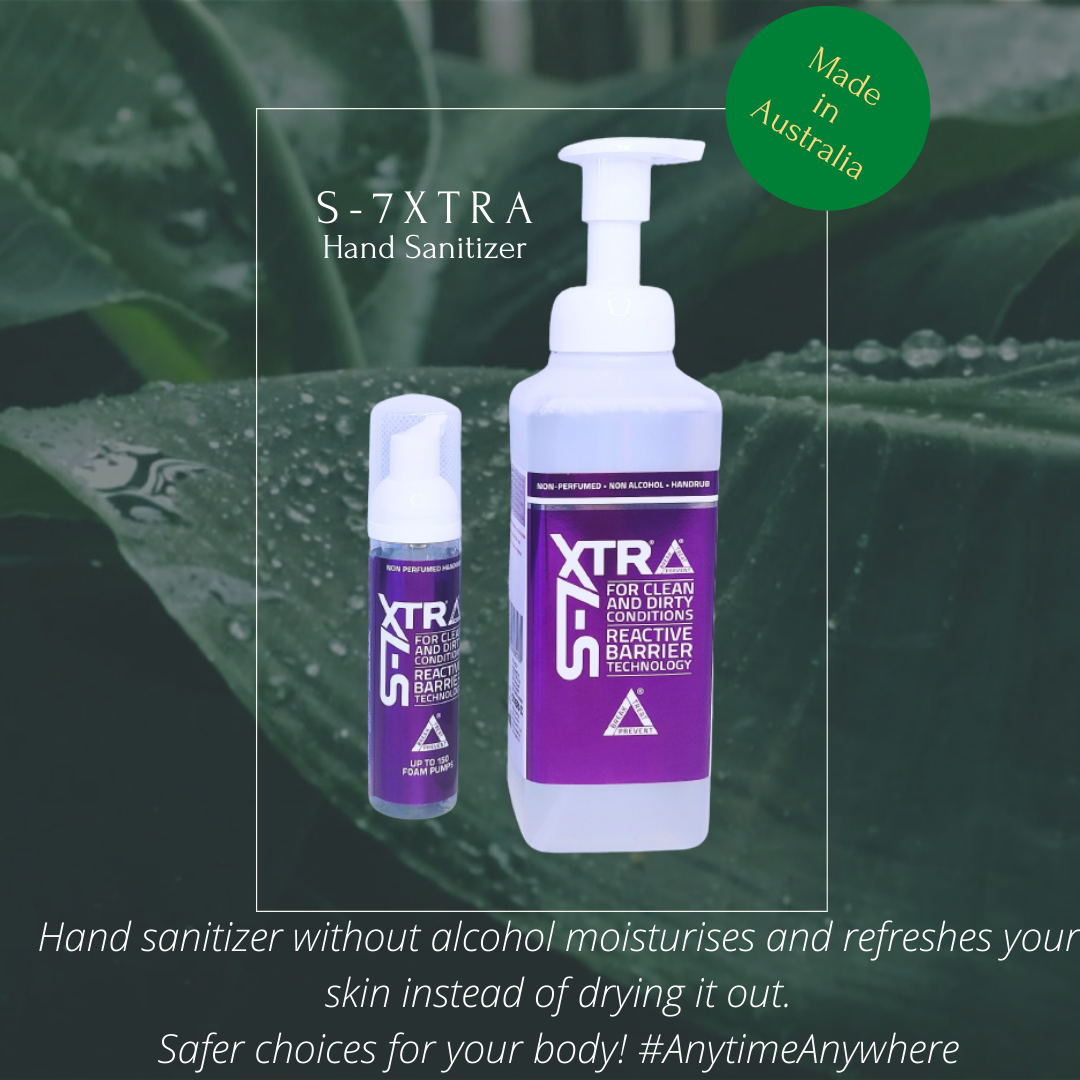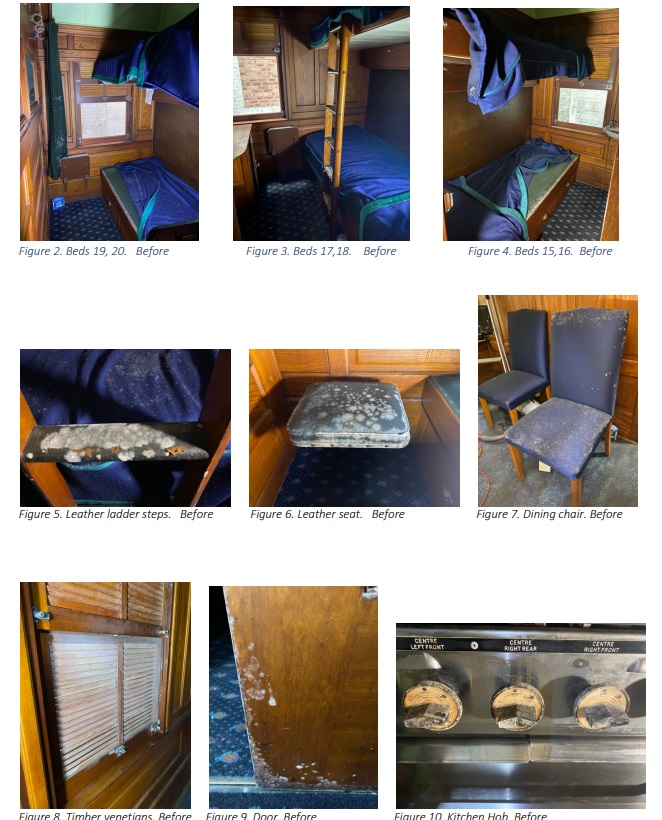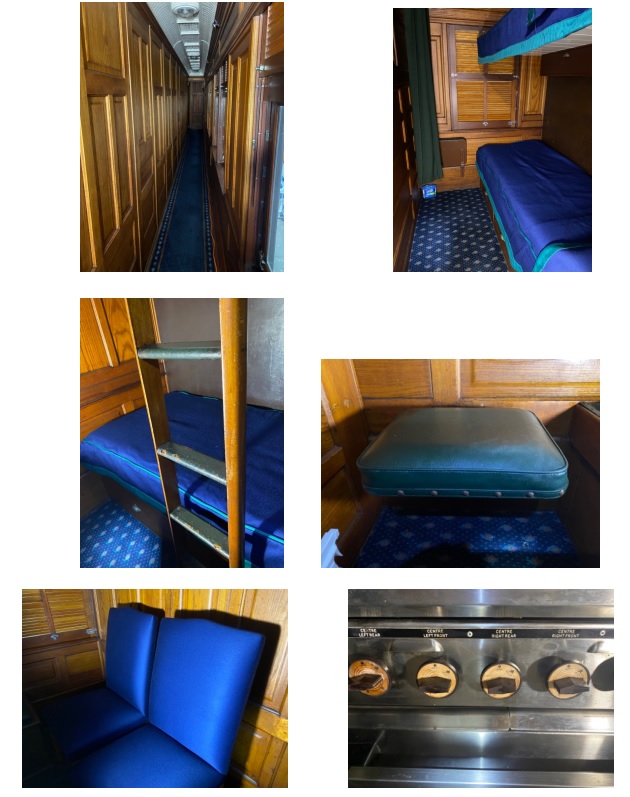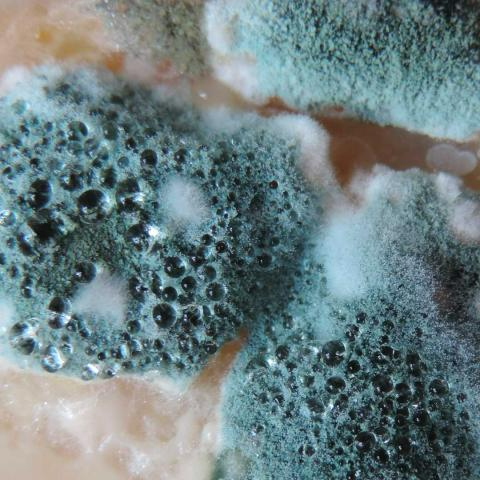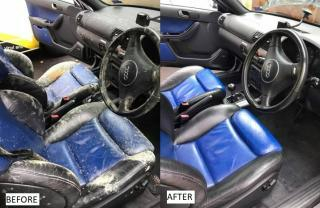How to Properly Clean your Workspace
How frequently do you clean up your office? You might be surprised to learn that, despite having over 10 million bacteria living on them, just 20% of people worldwide regularly clean their workstations.
Your productivity will suffer if your desk is cluttered. According to research published in Frontiers in Psychology, there is a strong correlation between our physical settings and our emotions, cognition, and behaviour, which affects how we make decisions and interact with others at work. Your workstation has 400 times more bacteria on it than a toilet seat, claims a University of Arizona research! Not at all. In actuality, there are about 10 million bacteria living in the space where your hand rests on the desk. This makes Hand Hygiene even more important than ever.
Consider this: bacteria is waiting on the surfaces you touch, and it is simple to spread it from one surface to another, regardless of how frequently you wash or sanitise your hands. We touch our phones close to 3,000 times every day on average, making our pockets a constant source of bacteria, germs, and viruses. Given that many modern organisations use shared workspaces or "hot desk" setups, this reality is all the more terrifying. Maintaining your workspace should be a crucial part of your daily routine, regardless of whether you work from home or have a designated desk.
Cleaning your desk every day is crucial for preventing disease and removing dust. Additionally, keeping your office tidy will increase productivity, efficiency, attention, and morale. As a result, maintaining order in your office should be a major concern. You won't even have to think about it if you allocate a specific time on your daily to-do list for it to become a habit. When you tidy up your workspace at the conclusion of each workday, you "bookmark" the day and prepare your workspace and mind for the early morning grind the following day.
Follow this easy guide on how to deep clean your workspace and office devices properly, without damaging them.
Sort your stuff and designate a ‘home’ for each item
Your workspace should have a specific place for each item. Create 4 piles from your items: Keep your daily use goods organised on top of your desk, such as your computer and diary; Keep the materials (such as cables, files, and stationery) that are used only once or twice per day hidden away in a drawer or filing system; Throw away rubbish or objects that you don't use or need to keep (be aggressive with this!) and store pricey items (like hard drives) away in a secured cabinet to prevent unintended disaster. You will find it much simpler to use this technique to keep your workstation organised and distraction-free while also cleaning up fast and effectively.
Remove and wipe down all items
We’ve all heard the expression “tidy space, tidy mind.” This way of thinking can help you organise, clean, and wipe your desk while also reducing stress and keeping you motivated. Take everything off your desk and out of your desk drawers before filing everything away. Then, wipe everything down with a moist towel to remove any dust before filing everything away. To eliminate bacteria and germs, use a small amount of mild disinfectant.
Wipe down all surfaces
Every surface needs to be cleaned completely in order to get rid of all the dust and filth that has gathered. Even if your workplace appears clean, dust and unseen microorganisms grow on high-touch surfaces. Clean your desk, shelf tops, desk drawers, and filing cabinets using a moist cloth or wet wipe. Many of the non-electronic surfaces in your workstation can be cleaned using a water and disinfectant cleaning solution.
Clean your devices
Start by disconnecting and turning off your devices. Dust can be removed with a dry microfiber towel. Spray a cleaning solution onto a cloth or use disinfection wipes that have already been dampened to eliminate germs and remove fingerprints. It's crucial to keep in mind that any type of dampness can adversely affect how well your electronic equipment works. For instance, Apple advises against spraying anything straight onto your device or using any sort of powerful cleaners like bleach or aerosol sprays. Use compressed air, Q-Tips, a small brush, or a clean toothbrush to clean the hard-to-reach regions on your keyboard or any other object.
In order to keep a workspace clean, daily maintenance is crucial. So that you don't have to worry about it, keep your cleaning supplies close at hand. Make sure to regularly clean your high-touch surfaces (desk, electronics) and to keep things organised. Do a thorough cleaning like this at least once every two weeks.
A clean atmosphere is necessary for organisation, productivity, and a clean mind.

